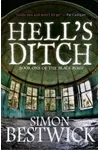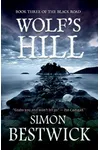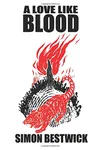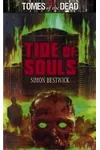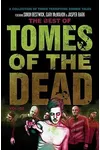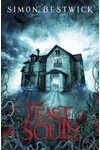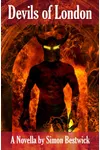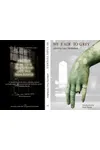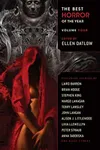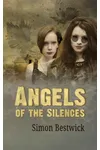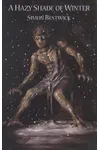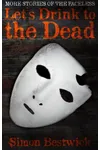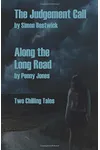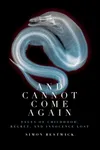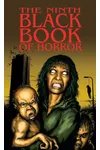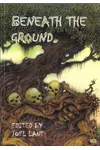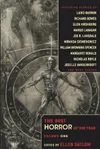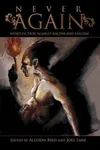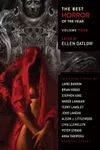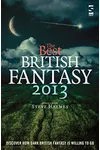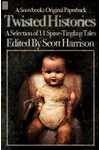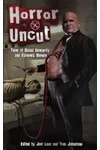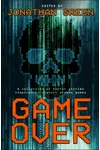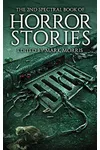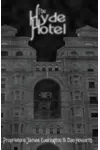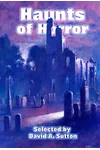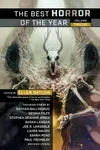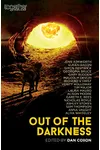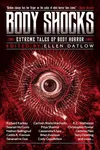Picture a British storyteller who weaves nightmares from the threads of everyday life—meet Simon Bestwick! Hailed by horror legend Ramsey Campbell as one of the most important contemporary British horror authors, Bestwick crafts chilling tales that blend supernatural dread with raw human emotion. His novels and short stories, like The Faceless and Hell’s Ditch, plunge readers into worlds where the ordinary becomes terrifyingly extraordinary.
Born in Wolverhampton in 1974, Bestwick’s journey from a working-class upbringing to a celebrated horror maestro is as gripping as his stories. With a knack for turning gritty realism into haunting narratives, he’s carved a unique niche in the genre, earning accolades and a loyal following.
The Making of Simon Bestwick
Simon Bestwick’s love for horror sparked young, fueled by Doctor Who episodes and classic horror anthologies like the Pan Books of Horror. Raised in Manchester after moving there at age two, he soaked up influences from Poe, Blackwood, and Bradbury. His 1996 degree in Media and Performance from the University of Salford hinted at a creative streak, but it was his early short stories that marked him as a rising star. By the early 2000s, Bestwick was publishing in magazines and anthologies, setting the stage for his novelistic debut.
Simon Bestwick’s Unforgettable Stories
Bestwick’s bibliography is a treasure trove of terror. His first novel, Tide of Souls (2009), unleashed a zombie apocalypse drenched in eerie atmosphere, showcasing his ability to merge visceral horror with emotional depth. The Faceless (2012) followed, a ghostly tale of a haunted heroine battling a fascist regime’s spectral enforcers, praised for its complex characters and political undertones. The Black Road series, starting with Hell’s Ditch (2015), paints a post-apocalyptic Britain where survivors grapple with ancient evils and human despair.
His short stories, collected in volumes like A Hazy Shade of Winter (2004) and The Condemned (2013), shine with versatility. The novella The Narrows, reprinted in Ellen Datlow’s Best Horror of the Year, blends aching pathos with supernatural chills, while Dermot earned British Fantasy Award nominations. Bestwick’s style—gritty, emotionally resonant, and rooted in British working-class life—transforms mundane settings like Salford bus rides into stages for cosmic horror.
Known for a “consciously political” approach, Bestwick uses horror to reflect Thatcher’s Britain and its lingering scars, as noted by Ramsey Campbell. His characters, flawed and relatable, face monstrous threats that mirror real-world struggles, making his stories both thrilling and thought-provoking.
Why Simon Bestwick Matters
Simon Bestwick’s impact lies in his ability to make horror feel personal. By grounding supernatural terrors in everyday British life—think greasy cafes and council estates—he captures a working-class authenticity rarely seen in mainstream fiction. His work, lauded by The Guardian as “brilliant,” resonates with readers who see their own fears and hopes in his haunted protagonists. Multiple British Fantasy Award nominations and reprints in prestigious anthologies cement his influence in the genre.
Bestwick’s collaboration with peers like Gary McMahon and his marriage to fellow horror author Cate Gardner in 2016 highlight his deep ties to the horror community. Living on the Wirral, he continues to write, balancing tea addiction and semicolon overuse with stories that haunt long after the final page.
- Born: 1974, Wolverhampton, England
- Key Works: Tide of Souls, The Faceless, Hell’s Ditch, The Narrows
- Awards: British Fantasy Award nominations (2009, 2012, 2019)
- Fun Fact: He dreams of moving to Wales with a dog!
Ready for a scare? Snag The Faceless or Hell’s Ditch and dive into Simon Bestwick’s spine-chilling world of British horror!
